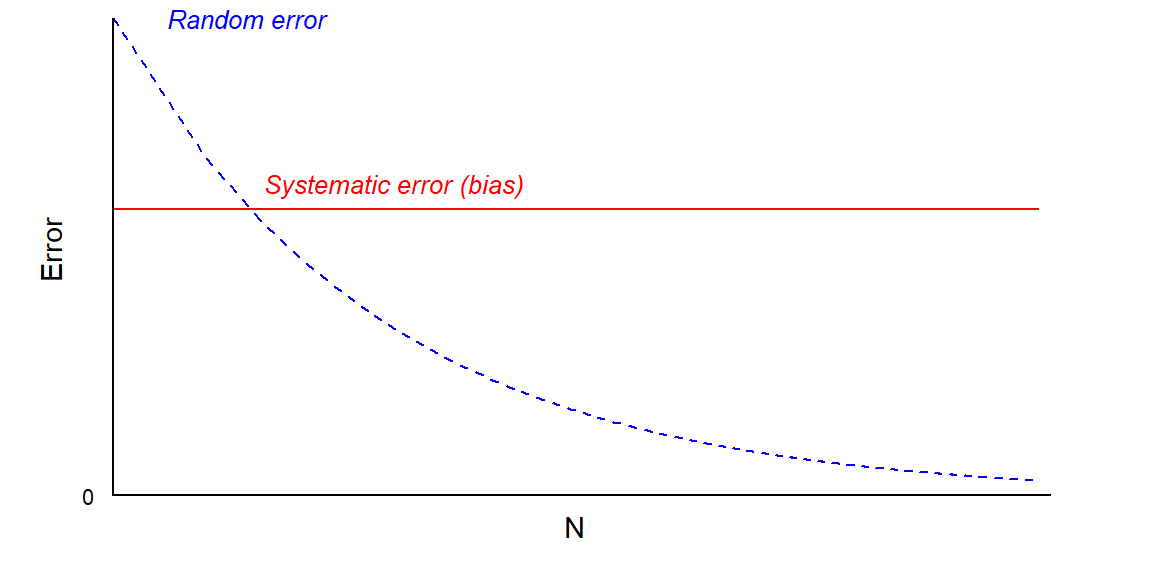Amrhein, V., Greenland, S., & McShane, B. (2019). Retire statisticial significance. Nature, 567, 305–307.
Banack, H. R., & Kaufman, J. S. (2014). The obesity paradox: Understanding the effect of obesity on mortality among individuals with cardiovascular disease. Preventive Medicine, 62, 96–102.
Gelman, A., Hill, J., & Vehtari, A. (2021). Regression and other stories. Cambridge University Press.
Gilovich, T. (2008). How we know what isn’t so. Simon; Schuster.
Haack, S. (2011). Defending science-within reason: Between scientism and cynicism. Prometheus Books.
Jaynes, E. T. (1985). Bayesian methods: General background (J. H. Justice, Ed.). Cambridge University Press.
McElreath, R. (2020). Statistical rethinking: A bayesian course with examples in r and stan. Chapman; Hall/CRC.
Michal, A. L., & Shah, P. (2024). A practical significance bias in laypeople’s evaluation of scientific findings. Psychological Science, 35(4), 315–327.
Rothman, K. J. (2012). Epidemiology: An introduction. Oxford university press.
Steiner, P. M., Shadish, W. R., & Sullivan, K. J. (2023). Frameworks for causal inference in psychological science.
